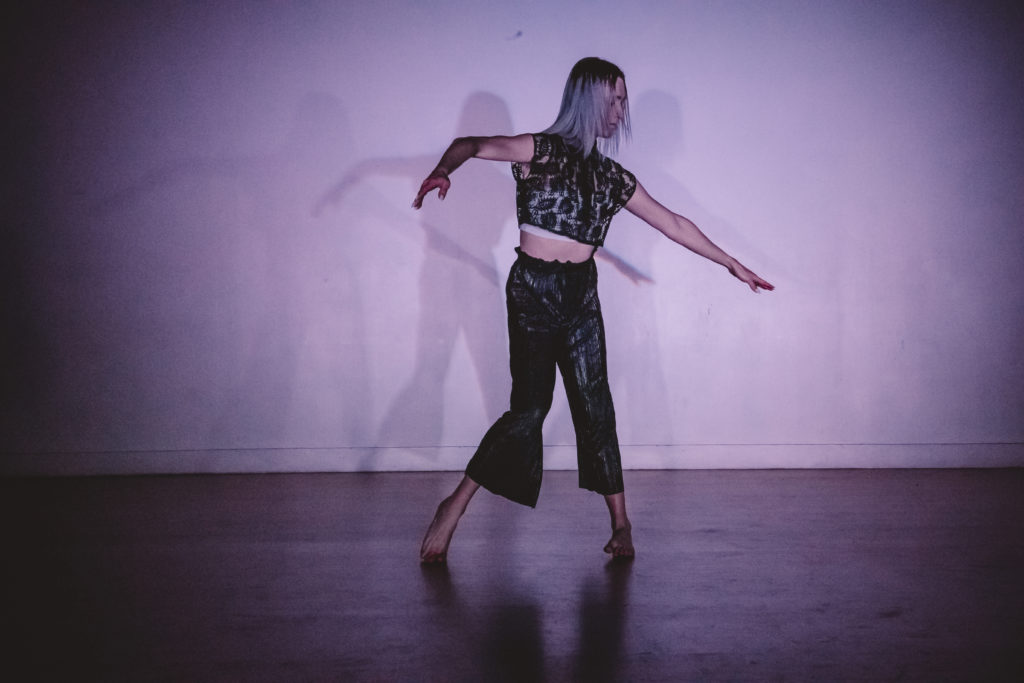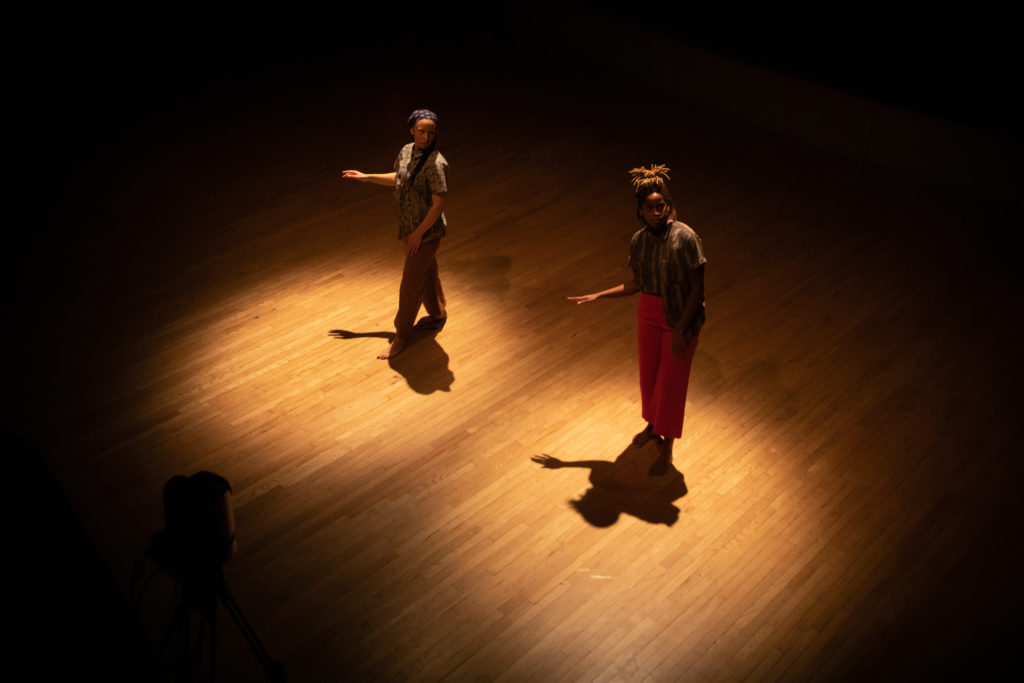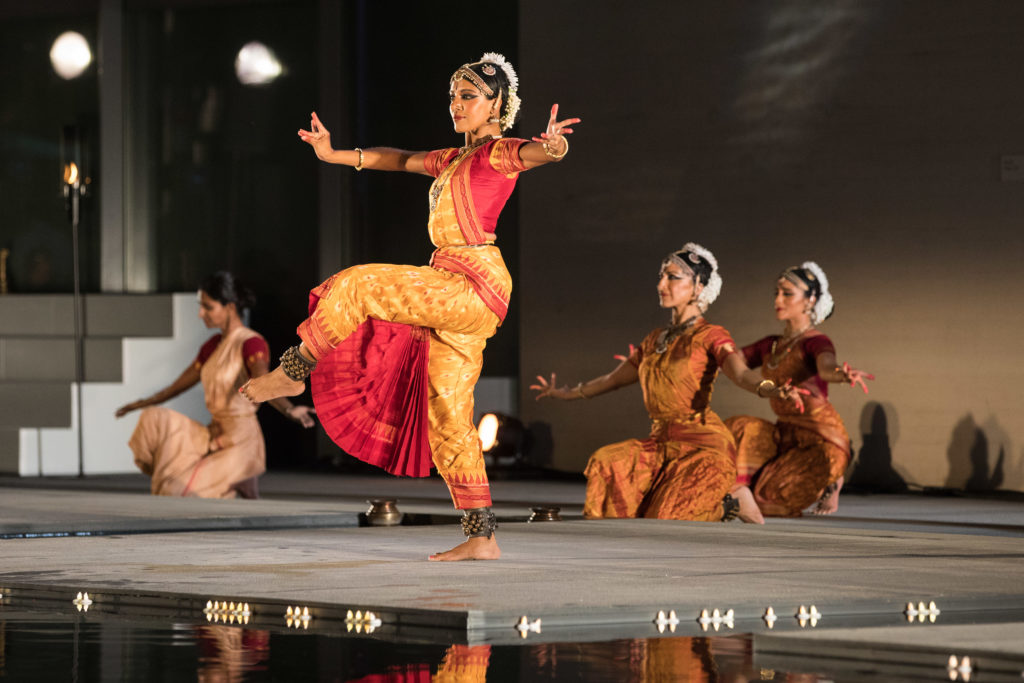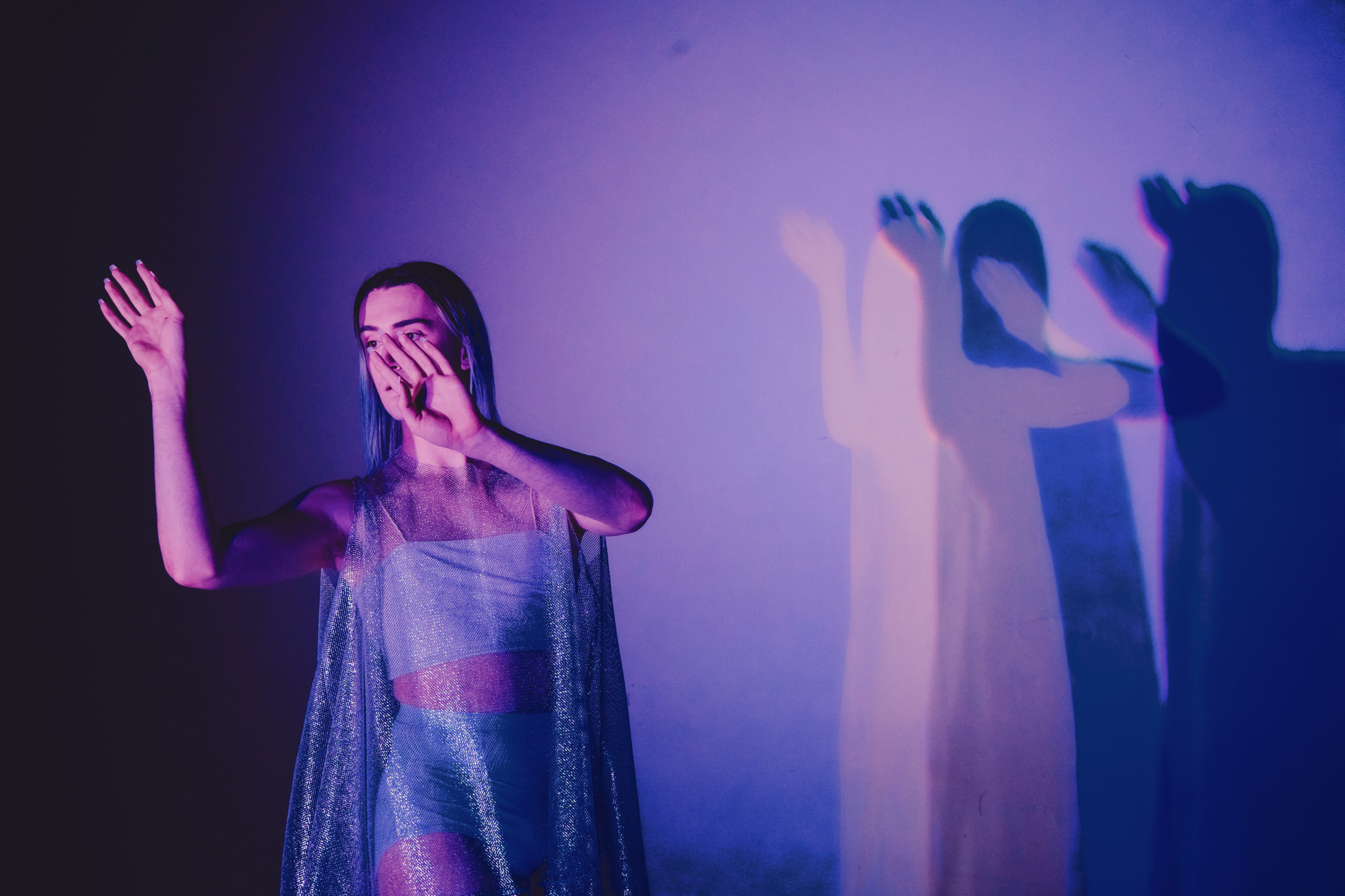Performance Prep: Three Approaches to Planning and Funding a Performance
Choreographing and rehearsing are the fun parts of putting on a performance. But the behind-the-scenes logistics are just as important—albeit far more daunting. Here, three choreographers offer their tips on planning and funding performances, from small-scale showings to multi-commissioned productions.
The Self-Producer
WHAT Split Buell, a shared informal showing with co-choreographer Kaitlin Fox
WHEN April 15–16, 2022
WHERE University of Illinois at Urbana-Champaign, Temple Buell Architecture Gallery
ORIGIN STORY Emadian’s August 2021 fellowship in the Jacob’s Pillow Ann & Weston Hicks Choreography Fellows Program inspired the self-produced piece. “At the end of a showing, I always feel like, ‘These ideas are so ripe—how do I pluck the right fruit and turn it into jam or jelly or pie?’ ” they say.

BUDGET “There was lots of bartering and thrifting,” says Emadian, who slashed expenses by using free rehearsal and performance spaces at UIUC, where they are an adjunct lecturer. Lighting equipment and design came at no additional cost, and their longtime collaborator Larissa Almanza created a costume for $300, plus materials. Emadian spent $150 to film the show and $100 on travel. All in, the production cost $920.
WORDS OF ADVICE Emadian’s enthusiasm transcended any logistical worries. “If it’s something you’re excited about, just do it,” they say. “Allow the excitement to be the driver, not the practicality.”
Performing for an Audience of Six
WHO Angie Pittman
WHAT I’ll tell you, but please be still, a duet between Pittman and A Sef
WHEN January 27–29, 2022
WHERE Roulette, in Brooklyn, New York
ORIGIN STORY Pittman was curious what might grow out of her February 2021 residency at New York’s Chocolate Factory. “There was no audience, and it was just me and my collaborator performing—I thought, What was that?” she says.
REHEARSAL As a visiting assistant professor at Marymount Manhattan College for the 2021–22 school year, Pittman fit rehearsals into her academic schedule by planning three weeks of intensive rehearsal just before the virtual performance.

BUDGET The two-person cast helped considerably. “A big group doesn’t feel right because of budget reasons, and the energetic exchange between two people feels important to me,” she says.
Roulette offered a $4,000 commission covering artist fees. In addition, Roulette provided a lighting designer, an audio engineer, an audio intern, a livestream audio engineer and a livestream video operator. Pittman hired Cody Jensen to compose the music and Malcolm-X Betts to run sound and take photos, while an FCA (Foundation for Contemporary Arts) Emergency Grant covered quadraphonic sound. “That grant was wonderful, since I had this new thing I wanted to explore that I hadn’t initially budgeted for.”
WORDS OF ADVICE The pandemic dictated an all-virtual show, so Pittman had to conjure the energy she normally draws from a live audience. “I kept telling myself, ‘This is about these six people in the room—this is it.’ ”
The Massive Undertaking
WHO Ragamala Dance Company, with choreography by Aparna and Ranee Ramaswamy
WHAT Fires of Varanasi: Dance of the Eternal Pilgrim, a dance for 11 performers and 6 musicians
WHEN September 11–12, 2021
WHERE Kennedy Center for the Performing Arts, Washington, DC
ORIGIN STORY After developing the piece during a 2017 residency at the Rockefeller Foundation Bellagio Center in Italy, Aparna Ramaswamy and her mother, Ranee, RDC’s co-directors, approached U.S.-based venues and presenters for support. “It was many long conversations with each of them, talking about our vision,” says Aparna.
REHEARSAL The summer before the premiere, RDC rehearsed two versions: In the mornings, they rehearsed for the Kennedy Center outdoor performance, and in the afternoons, they rehearsed for a following show indoors at Dartmouth College.

BUDGET The multi-commissioner format provided help producing the work, as well as built-in touring venues. RDC also applied for grants and received Paycheck Protection Program and CARES Act funds.
WORDS OF ADVICE “It takes several years to envision, plan, fundraise and implement a project like this,” says Aparna. “You’re constantly working with your agent, trying to expand your touring practice, training your crew and cast, doing funding engagements, community performances. You must have other things in between that you’re offering, and that you’re keeping yourself excited by.”




